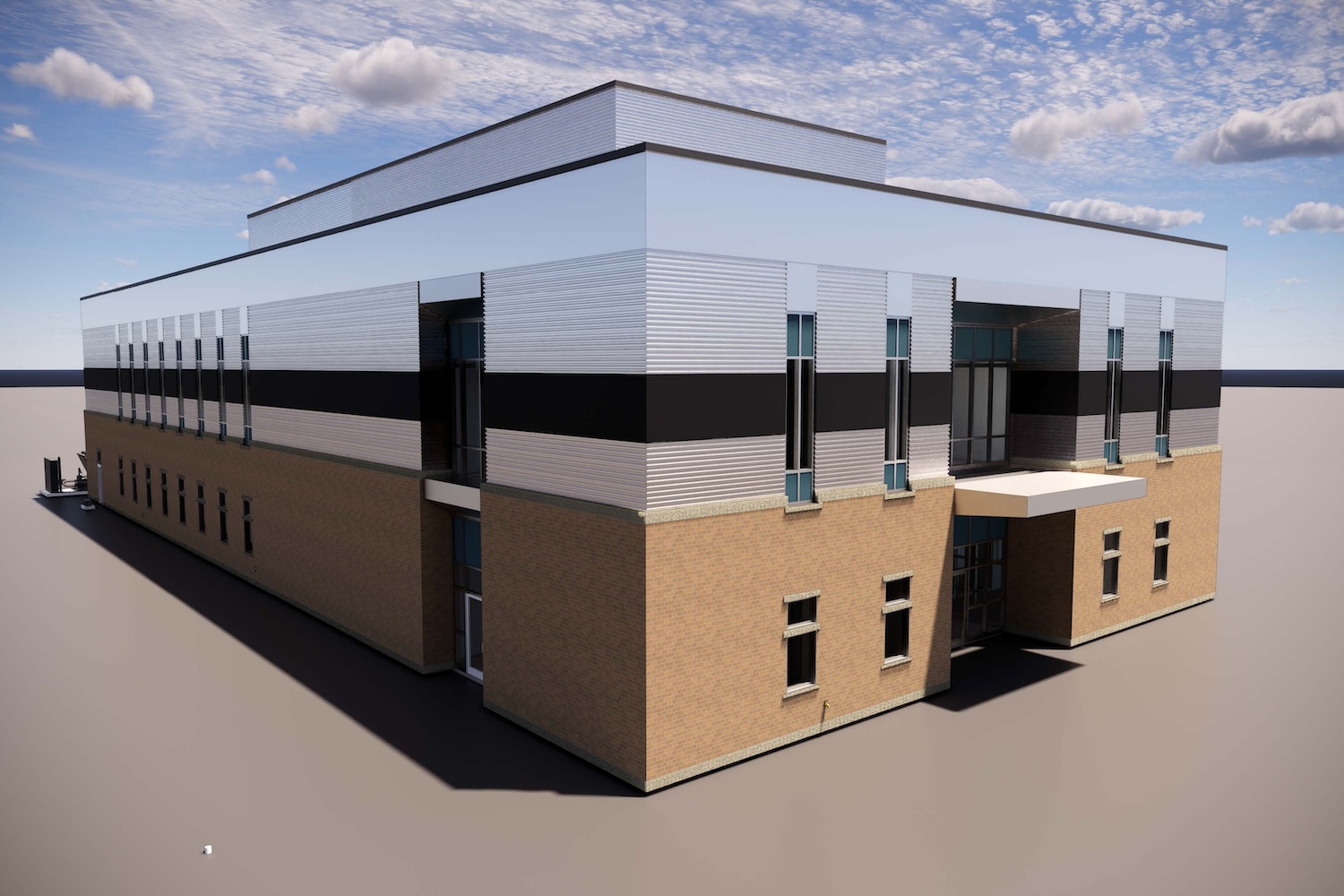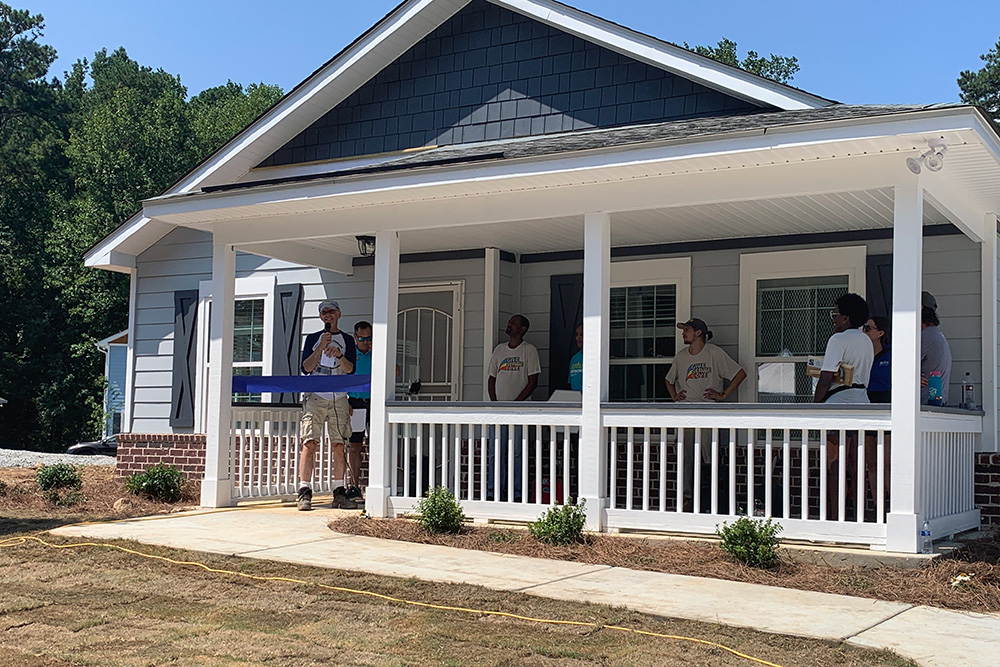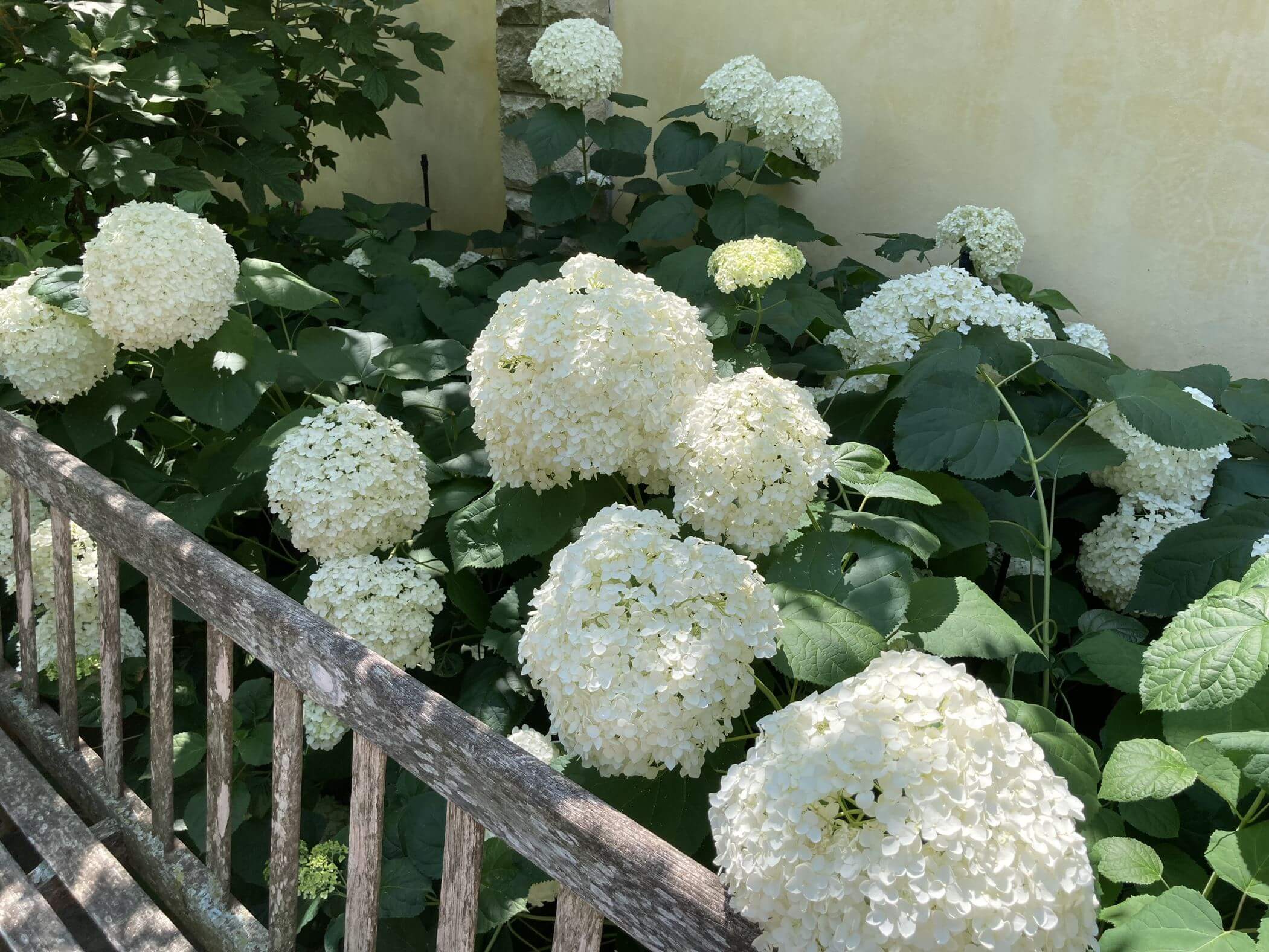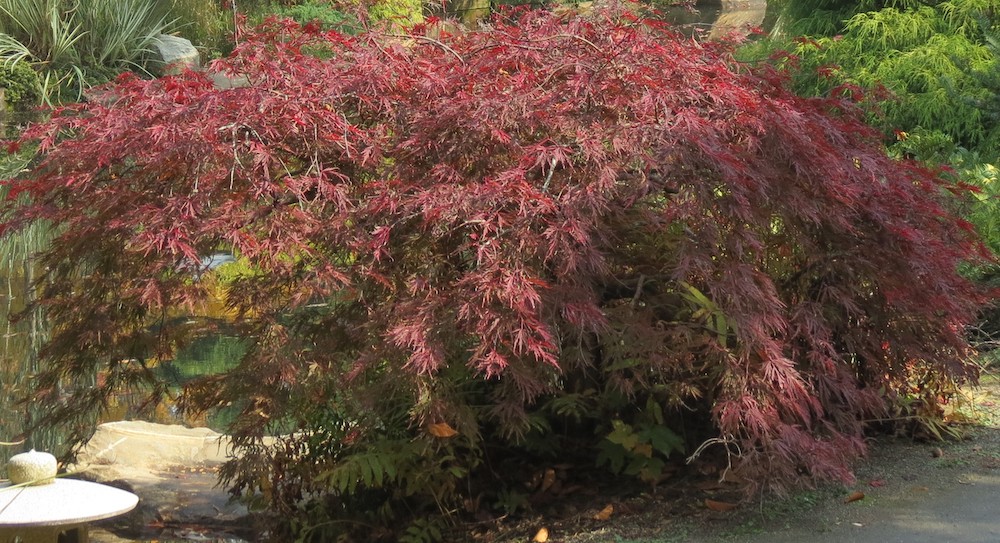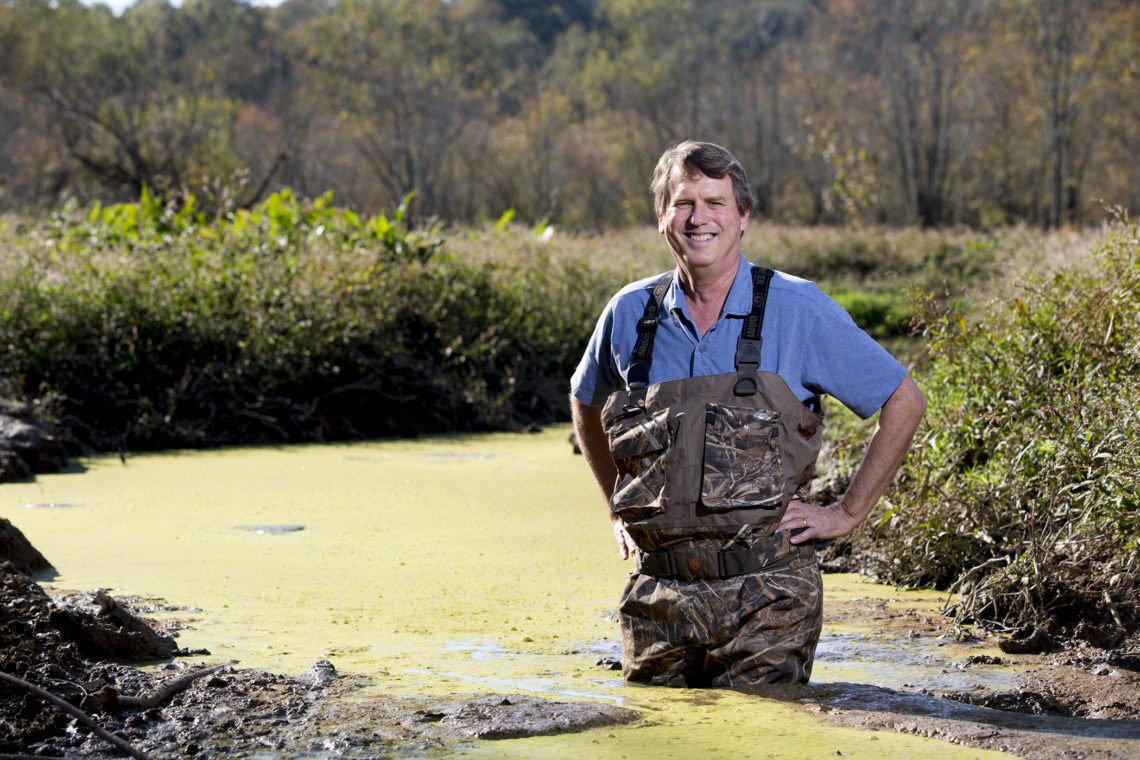As parts of north Georgia experience extreme drought, homeowners are searching for ways to provide water to their precious landscape plants.
During long periods without rain, I get calls at the University of Georgia Cooperative Extension office in Wilkes County from people who want to save a specific tree or shrub. They want to do whatever it takes to save it. Keep in mind that plants are 80 percent water.
While there are many things one can do, the most important thing is to supply your plants with water in times of drought.
When it doesn’t rain for days on end, some plants just won’t make it without supplemental watering. Sprinklers will work but they waste much more water than some type of drip method of watering. Water that is applied slowly and gradually has much less potential for evaporation than water that’s applied through overhead irrigation.
Water sprayed through hot air is obviously going to evaporate more than water entering the soil directly by a dripping method.
Not everyone can afford a drip system, but soaker hoses have improved to the point where they are almost as efficient as the expensive drip systems used by commercial plant nurseries. These soaker hoses are available at a reasonable price at most home improvement stores.
One thing I have noticed over the last several years is a new type of soaker hose. Most of these new types are made out of nylon, which allows them to be flattened and rolled up in a way that is much more compact than the porous, rubber types.
Often soaker hoses don’t last long simply because people won’t take the time to store them properly. This nylon material makes it much easier to store the hose when it’s not in use. It also makes it easier to wind the hose through whatever plant material you are trying to water. Besides being physically easier to wind and bend, the nylon material won’t crack like the porous, rubber types often do.
Damage to a tree or shrub caused by drought stress becomes a permanent part of the plant. If that type of damage is allowed to occur repeatedly over a number of years, eventually the cumulative effect becomes more than the plant can handle. At that point, the plant dies, no matter what you do.
If you have a favorite shade tree that took years to grow, then heed this advice: Don’t let it suffer from drought. A soaker hose ringed around the tree can provide lifesaving water to the tree during times when it needs it most.

